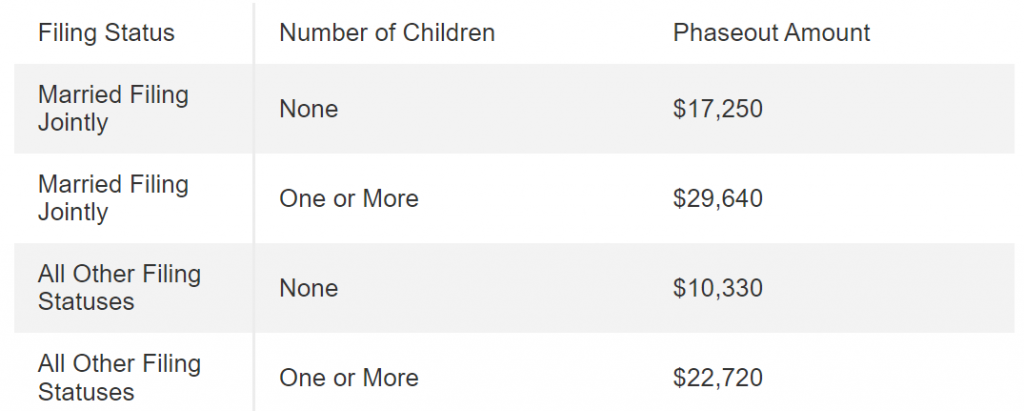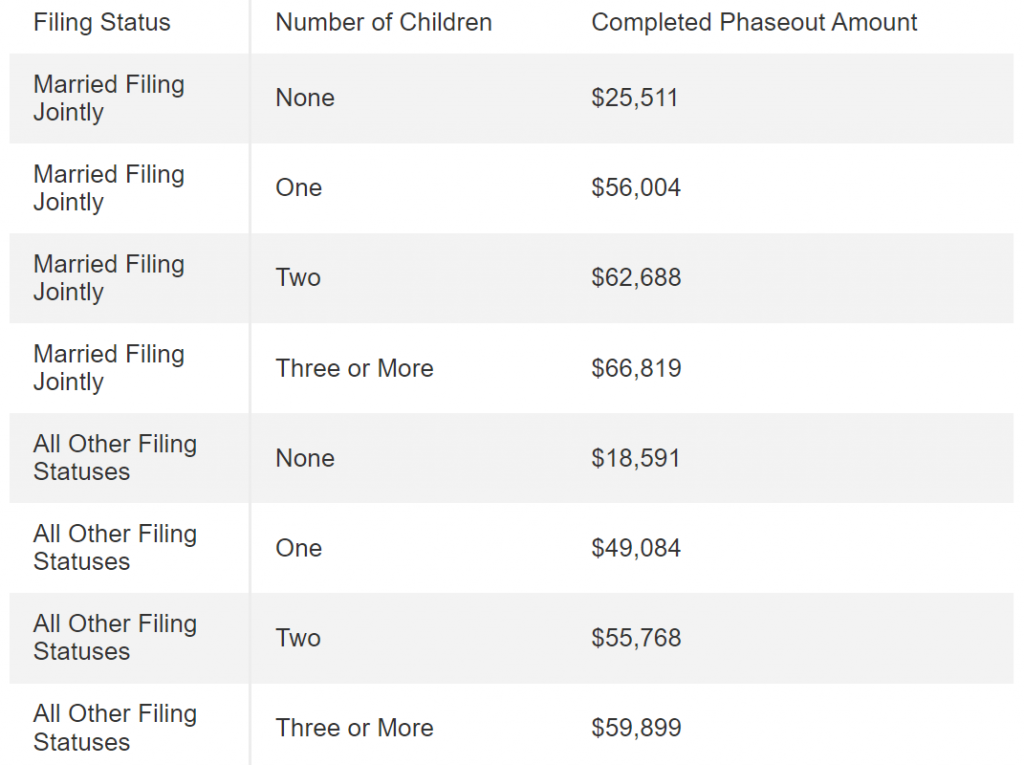Taxes
Here Are the 2024 Amounts for Three Family Tax Credits
The IRS has announced inflation-adjusted amounts for several family tax credits and deductions. How much are they worth?
Nov. 17, 2023

By Katelyn Washington, Kiplinger Consumer News Service (TNS)
Claiming the child tax credit and other family tax credits and deductions can lower your tax liability or increase your refund. But which credits and deductions you qualify for can change from year to year. And the amounts of the credits and deductions can also change, since many are adjusted yearly for inflation.
So, while you might already know about the 2023 child tax credit and other family tax breaks for the current year, here is what you can expect for the 2024 tax year (for income tax returns normally filed in early 2025).
How much is the 2024 child tax credit?
The 2023 child tax credit (current tax year) is worth up to $2,000, and $1,600 of that amount is refundable. That’s the number you’ll use for the tax returns you will file in early 2024.
However, for the 2024 tax year (returns you’ll file in 2025), the refundable portion of the credit increases to $1,700. That means eligible taxpayers could receive an additional $100 per qualifying child back as a tax refund. (Note: Income limits apply.) And unless Congress makes legislative changes to the credit, the child tax credit will remain at up to $2,000 for 2024.
It should be noted that the IRS has strict guidelines for which dependents count as qualifying children. So keep in mind that all of the following must apply to qualify a child for the child tax credit:
- The child must be under age 17 at the end of the year.
- The child must be your son, daughter, stepchild, eligible foster child, brother, sister, stepbrother, stepsister, half-brother, half-sister, or a descendant of one of these (for example, a grandchild).
- Children cannot provide more than half of their own financial support during the year.
- Each child must have lived with you for more than half the year.
- You must claim the child as your dependent on your tax return.
- Dependents must not file a joint return with their spouse for the tax year (or file only to claim a refund of withheld income tax or estimated tax paid).
- The child must have been a U.S. citizen, U.S. national or U.S. resident alien during the tax year.
It’s also important to note that the expanded federal child tax credit expired last year. However, since then, several states, including Minnesota and New Mexico, have enacted expanded child tax credits of their own. Qualifying criteria for each state differ, so you may qualify for a federal child tax credit even if you aren’t eligible for a state-level child tax credit.
Adoption tax credit 2024
The federal adoption tax credit is currently (for the 2023 tax year) worth up to $15,950 but this amount is also inflation-adjusted every year. However, income limits apply.
For 2024 (returns filed in 2025), if you incur adoption-related expenses, you can have a modified adjusted gross income (MAGI) of up to $252,150 and still qualify for the full credit. The amount of the credit is reduced for taxpayers with an MAGI of more than $252,150 and is eliminated when the MAGI reaches $292,150.
For 2024, the adoption tax credit is worth the amount of qualified adoption expenses, up to $16,810. The credit is nonrefundable, so the amount cannot exceed your tax liability. However, you may apply any excess credit amount to future years (up to five).
2024 earned income tax credit (EITC)
Another tax credit that can be important for individuals and families with lower and moderate incomes is the earned income tax credit (EITC). This is a refundable tax credit, which means you could receive the amount of the credit as a tax refund if you qualify.
For 2024, the credit is worth up to $7,830 (up from $7,430 for 2023) with three qualifying children, $6,960 (up from $6,604) with two qualifying children, $4,213 (up from $3,995) with one qualifying child, and $632 (up from $600) with no qualifying children.
Claiming the EITC requires that you have earned income (such as from wages, business income, investments, etc.). Additionally, your income cannot exceed the thresholds set for the 2024 tax year.
Here are the 2024 income phaseout amounts for claiming the EITC.

If your income is more than the amounts above, you may qualify for a reduced credit.
Below are the completed income phase-out amounts (not eligible to claim the credit) for claiming the EITC credit in 2024.

(All other filing statuses also apply to married taxpayers who are not filing a joint return if they satisfy the special rules for separated spouses.)
Note: Typically, dependents must be under age 19 at the end of the year to qualify as a dependent to claim the EITC. However, the IRS considers dependents with disabilities qualifying children for the credit, regardless of their age.
______
All contents copyright 2023 The Kiplinger Washington Editors Inc. Distributed by Tribune Content Agency LLC.
